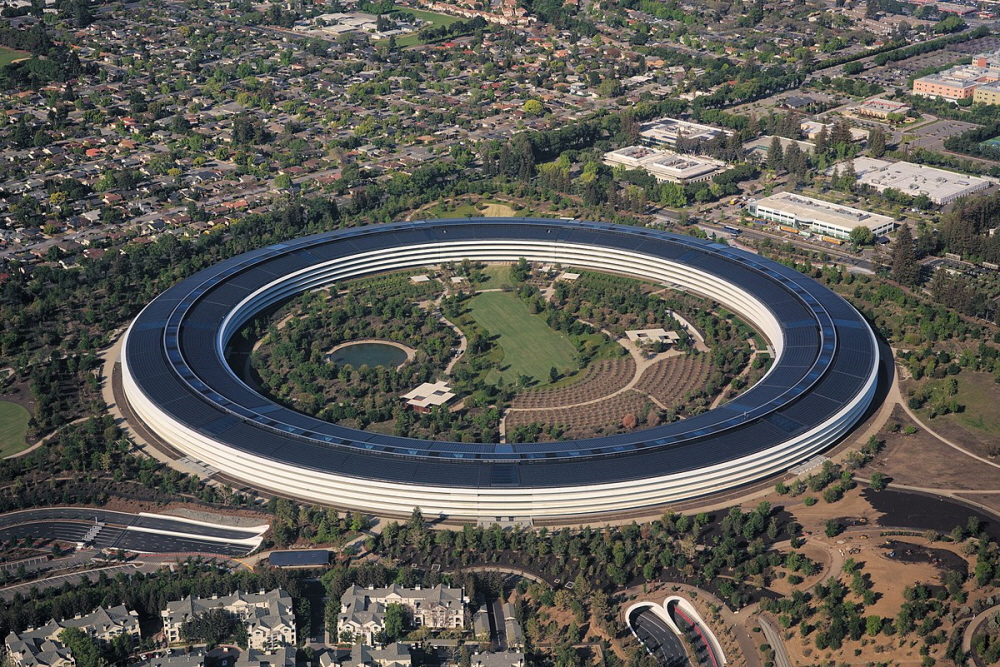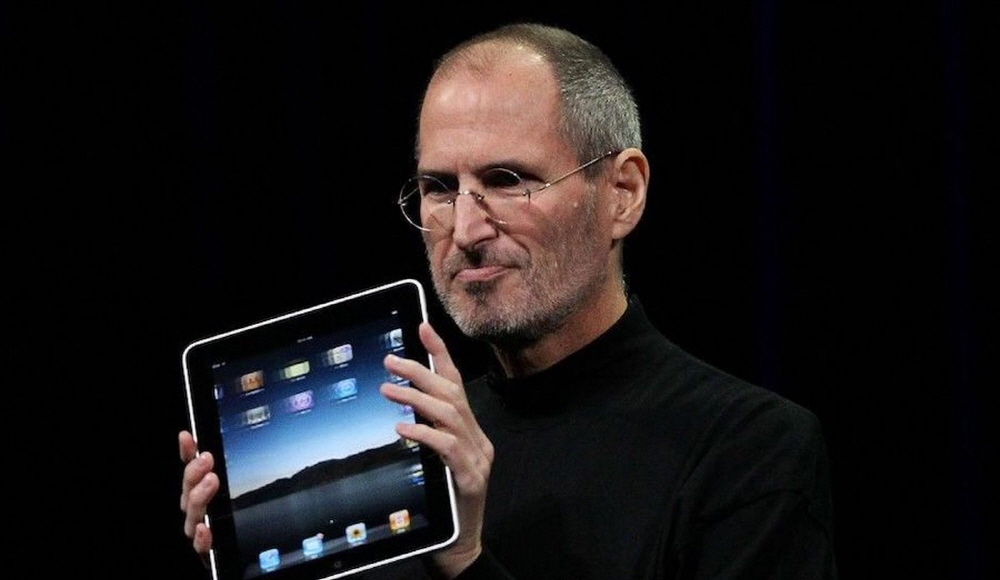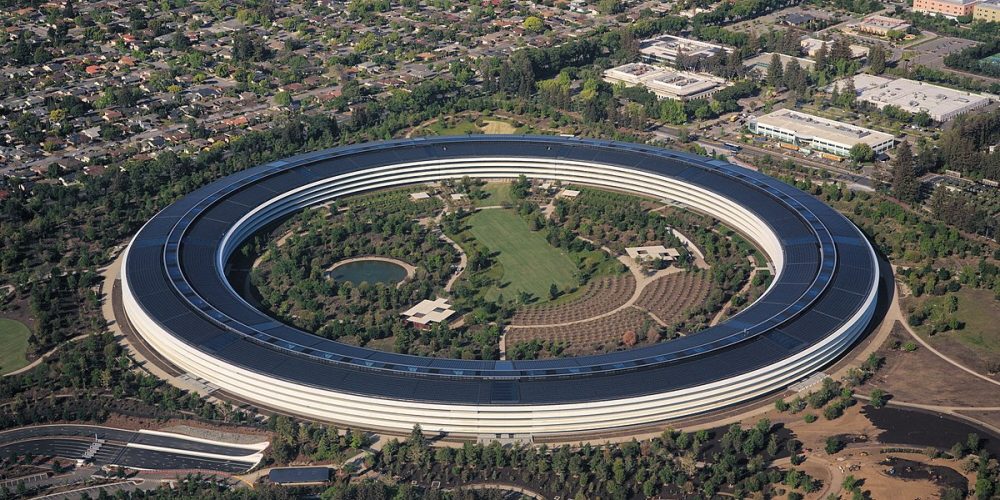
Since Steve Jobs returned in 1997, 20 years have passed, both employees and profits have increased dramatically, and Apple continues to be a commercial success by introducing innovations every year.
Where are Apple’s organizational strengths? Joel M. Podolny, who oversees Apple University, an internal program, explains how Jobs reformed and reorganized Apple’s internal structure into a functional organization.
According to the report, when Jobs returned, Apple split into business units and each had independent P&L responsibility under a general manager. As a result, the Macintosh product group, the information devices division, and the product division managers tended to compete with each other.
Believing that this was a hindrance to innovation, Jobs fired all general managers in his first year as CEO, put the entire company under one P&L, and organized functional departments divided by business into one functional organization. In other words, Apple did not have a department called the Mac division or iPhone Saubbu, but only executives across the company, such as design, business, and marketing.

Even after Tim Cook assumed the role of CEO, only one Tim Cook was involved in all aspects of Apple’s major product design, engineering, operation, marketing, and distribution. In fact, there is no existing general manager within Apple, other than the CEO, who manages from product development to sales and determines the final profit performance. Apple’s structure is centered on technical experts, not managers, under the principle that the person with the most expertise and experience in a particular field should have the decision-making power in that area.
In other words, there is greater freedom in product-related decision-making because directors are not pressured to focus on a single product under a financial structure in which remuneration is determined by the company’s overall earnings rather than departmental success. Podoli explains that the finance team does not participate in the engineering team’s product roadmap meetings, and the engineering team is not involved in pricing.
In addition, all managers below the senior vice president have expertise in their respective fields, know everything they are leading, and be motivated to discuss jointly with other expert teams. The principle is that leaders need to know the organizational details down to three levels.
It also needs to evolve its functional structure and leadership as the company grows, enters new markets, and enters innovative technologies. Recent adjustments under CEO Tim Cook include the division of hardware engineering and hardware technology within the hardware division and the addition of artificial intelligence and machine learning divisions.
After the death of Steve Jobs, there were voices who were concerned about the future of Apple, but this year, the market capitalization exceeded 2 trillion dollars, and it is establishing itself as the world’s best company. It is a driving force for improving product perfection and maintaining competitiveness, as the leaders of each division are dedicated to refining the functions and user experience they are responsible for and combining their respective achievements. Related information can be found here.


















Add comment